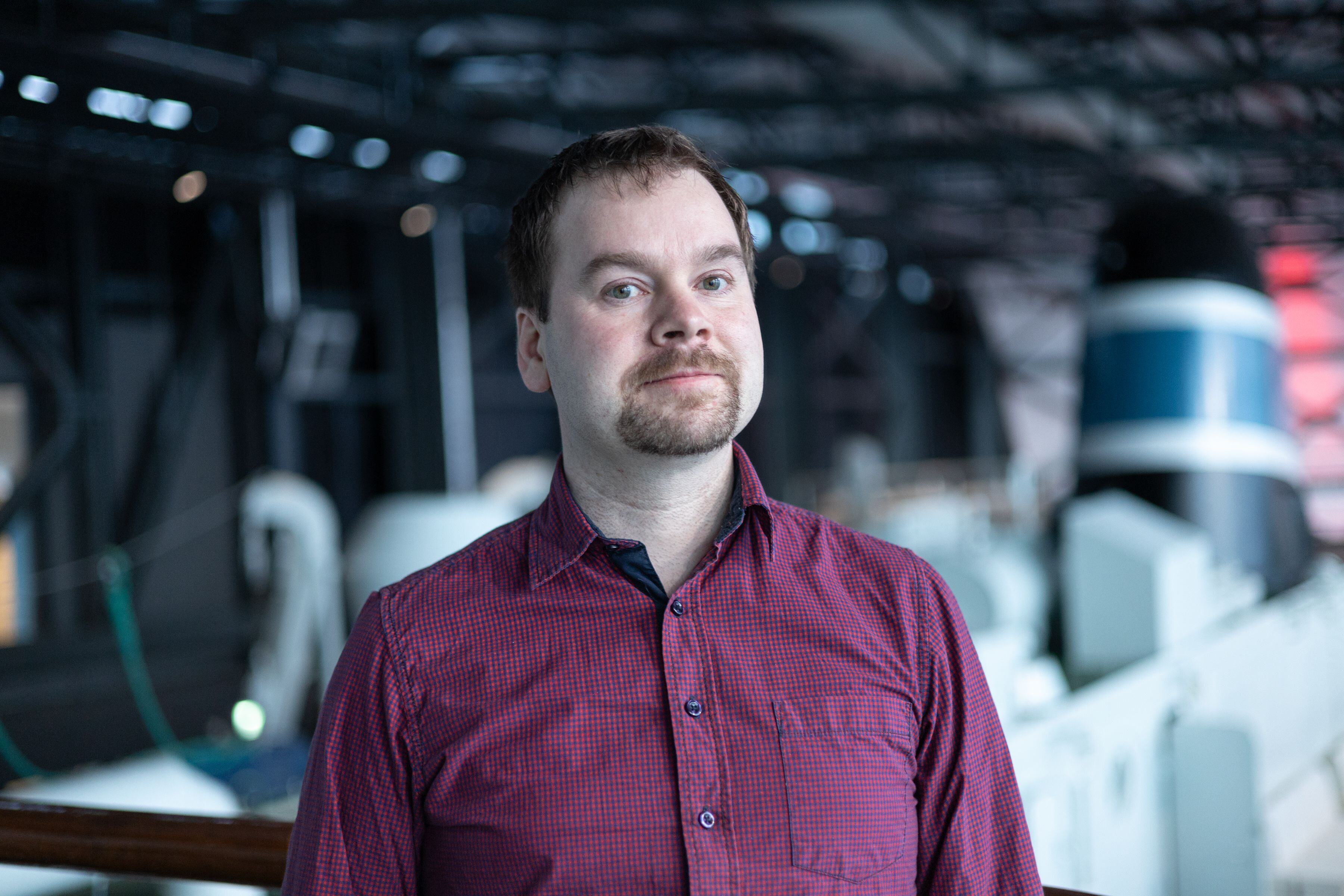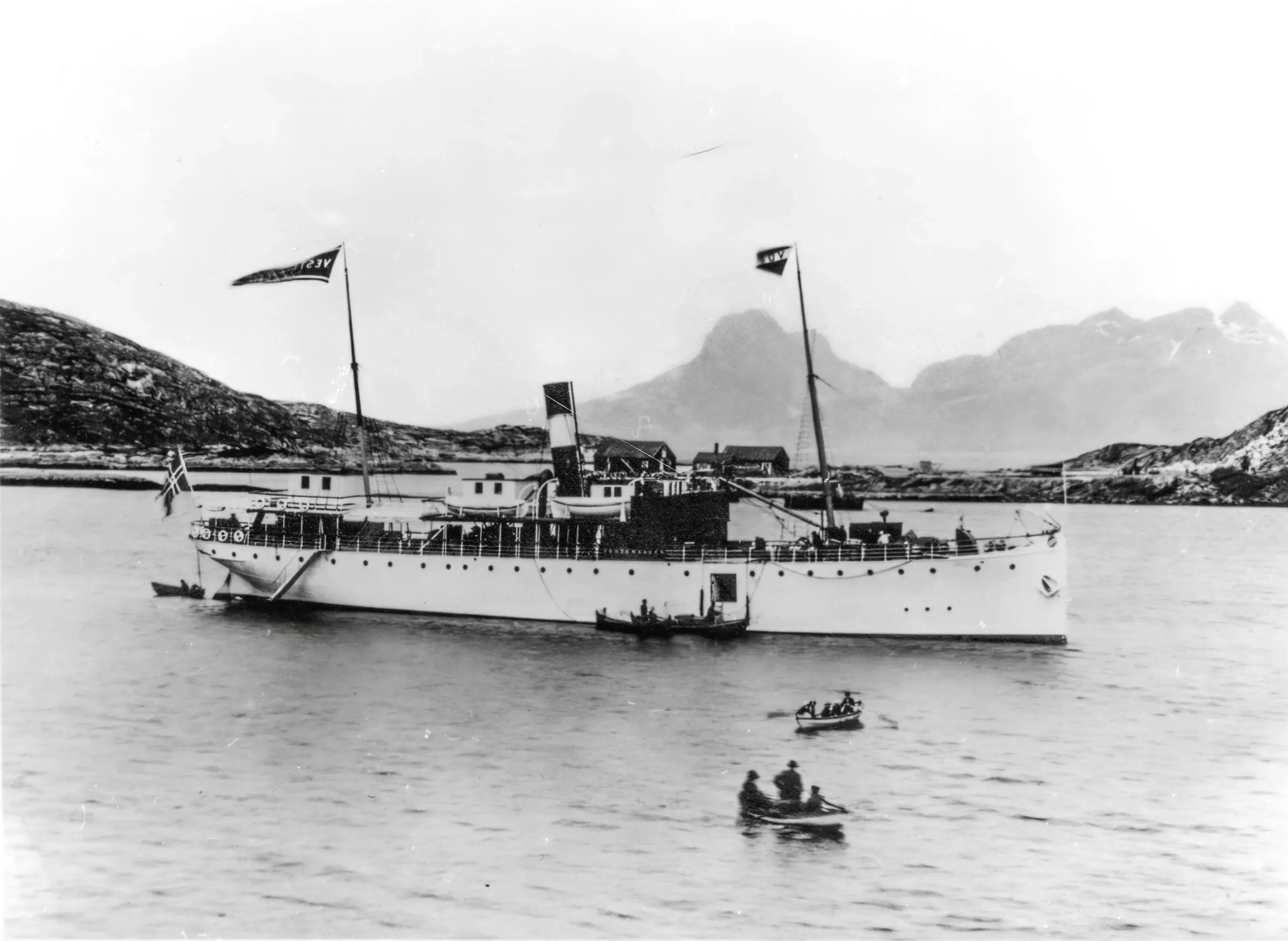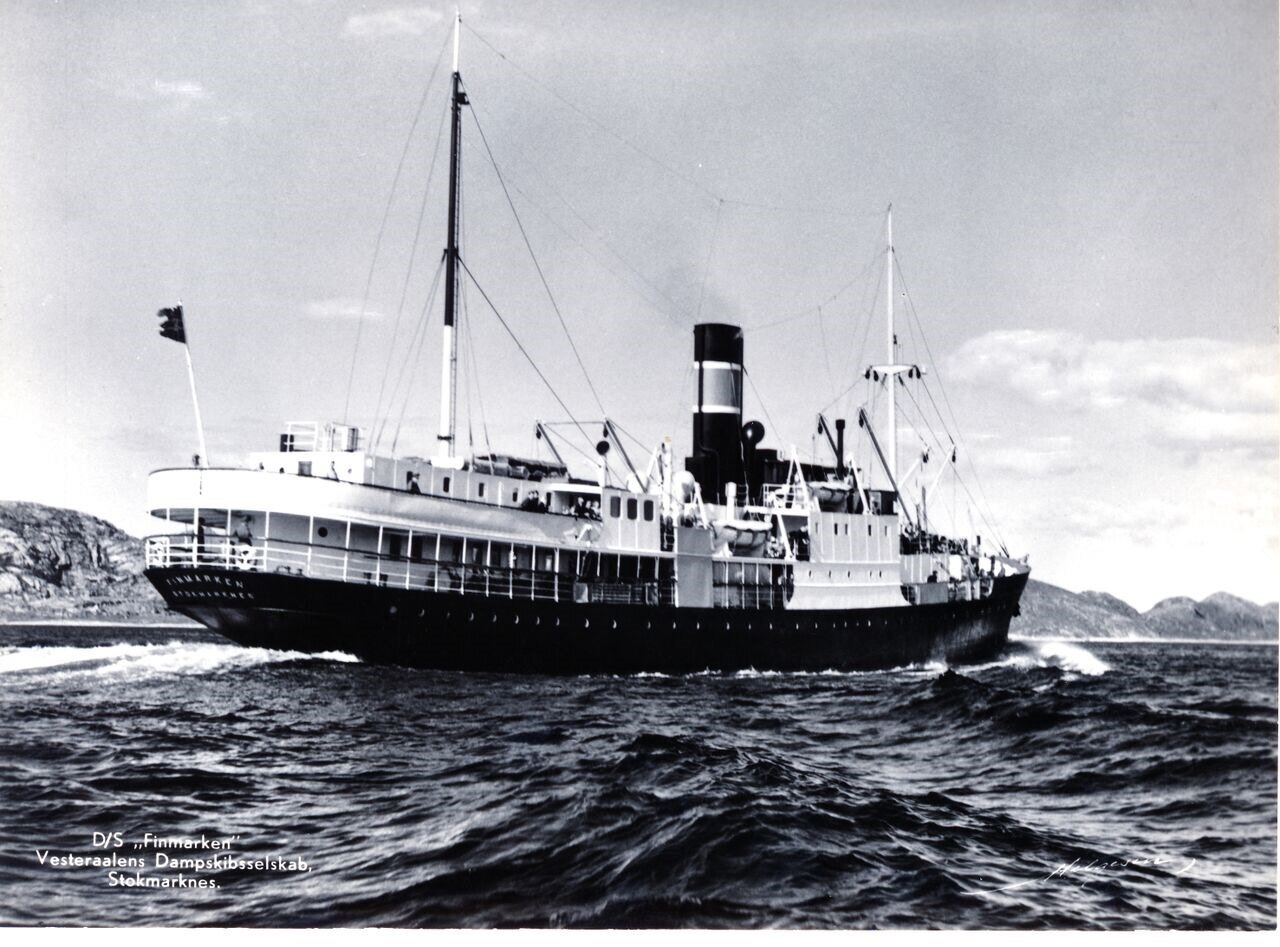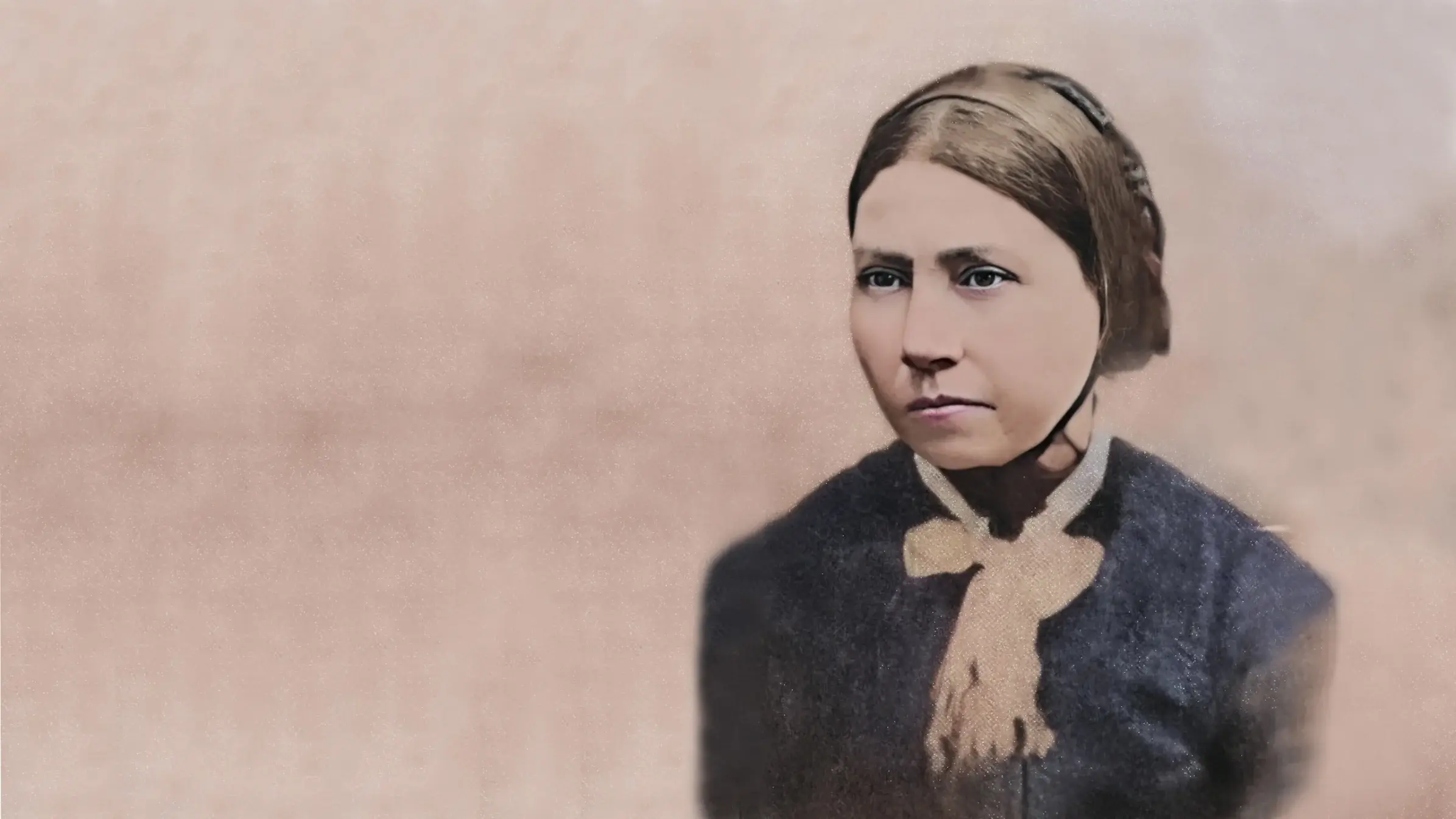Memories from a Coastal Life
During his storied career as captain of the MS Finnmarken, now on exhibit at the Coastal Express Museum in Stokmarknes, Sten Magne Engen collected many memories. One, however, stands out – his encounter with a man who claimed to have sunk the DS 'Irma' during World War II.
With limited funds and a workforce largely composed of volunteers, including Engen, the museum devoted a full quarter-century to the ship's refurbishment. It was a worthy investment, he believes, as his experiences as a captain along the Norwegian coast had ignited a passion for the history of the Coastal Express Route. His goal is to reveal to the world the significance of Norway's maritime heritage.
"The MS Finmarken was in service until 1993, thereafter lying idle in the municipality of Narvik for six months. In the summer of 1994, she was returned to us – a turn of events that pleasantly shocked us”.
Sten Magne Engen, chairman of the Coastal Express Museum, relates this story as he escorts us over the 800 square metres (8,600 sq. ft.) of original wooden decks of the MS Finnmarken. For an era spanning four decades, from 1956 to 1993, she faithfully sailed the Bergen - Kirkenes coastal route. Now, after a complete refurbishment and structural repairs, the ship stands on display at the museum.
"I lobbied hard to bring this boat here. Having served aboard, I understood her intrinsic value and believed her worthy of preservation," Engen continues as we pass beyond the once-busy reception – or the 'ticket office' – into the first-class cabins section.
"Just look at the woodwork, which is mahogany, and all the art! If this ship hadn't become a museum, it might have been chopped up or ... well, boats like this rarely last very long after being laid up", he reflects.
Finnmarken, just after arriving at the Hurtigruten Museum in Stokmarknes. Photo: Sellevoll
The ship is now protected inside this stylish glasshouse.
"Here," Engen gestures towards a spot in the ship's restaurant, "was the captain's table." His thoughts drift back to a 1988 voyage when he had newly assumed the captaincy of this very vessel.
"The tourism manager and I would stand here, extending a warm welcome to our Ladies’ Dance," he recalls. "With no designated space for dancing, we transformed the dining area into a makeshift dance floor. Music flowed from the wheelhouse, cascading into the salon via the overhead speaker system," Engen shares, his laughter tinting the memory.
He returns to the 'captain's table'. "I sat in a seat right here, the tourism manager by my side, chuckling. She found the 'Ladies' Dance' amusing because of my timid approach towards the ladies," he admits.
"Suddenly, I noticed, from the farthest corner of the room, a towering figure rising. Nearly two metres in height, a woman approached me. I remain unsure of her intentions, but she enveloped me in her embrace, taking my breath away. That encounter marked the end of my visits to the ladies' dance..."
We continue into the cafeteria, where second-class passengers were served buffet lunches.
"When I served aboard, distinctions of class faded into unity, but prior to that, there were up to three different classes on a ship, each with their respective price categories, says Sten Magne.
Though the cafeteria opened in 1956 when the Finnmarken launched, it still operates as a cafe for visitors of the Coastal Express Museum.
"Yonder lies the kitchenette where wait staff prepared the chefs' offerings before serving. Shall we take a closer look?"
Swinging open the door to a modest galley, we come upon an employee, engaged in the careful slicing of a cake.
"Have you baked this cake yourself?" Sten Magne ventures with a smile.
"Yes," replies the woman, sounding a bit shy.
"Might we then have some coffee as well?"
Her smile prompts laughter from Sten Magne.
"Yes, why not have a cup of coffee then?", he says.
As we make ourselves comfortable in the cafeteria, we're joined by Per Rydheim from Sortland — an enthusiast of the coastal route, an amateur historian, and a machine engineer at Havila Voyages.

Per Rydheim.
The time to delve into history is upon us, and it's this dialogue with Sten Magne Engen and Per Rydheim that sets the foundation for all the articles in this series of coastal history stories. We ask them what they believe to be the quintessence of the Norwegian coastal route. Their immediate response hones in on the environs — a tableau of captivating scenery, midnight sun, glaciers, and islands.
"I started my career in international shipping, having travelled the globe by cruises and ferries, before finding myself in a temporary job on a local boat, owned by the fast ferry company Ofotens Steamship Company AS," Sten Magne reminisces.
The year was 1981. Fresh from his stint abroad, he had no intention of settling down in Norway. His plan was to resume his international cruise duties once his temporary job came to an end.
"International shipping was exciting, sure, but there wasn't much to look at. However, when I was sailing down the Norwegian coast and just hanging out by the railing, watching the tourists all excited and chattering about the things we were passing – that was something else", Sten Magne shares.
With that in mind, he frequently reached for the microphone in the wheelhouse to offer commentary on the landscapes they sailed by.
"Such as when we went past Stad during a storm, I told the passengers to check out the storm, with its huge waves and the sea smashing against the rocks. They loved it. What might have scared them otherwise, they actually found really fascinating».
Yet the Coastal Route's attraction isn't merely in its tourism allure and picturesque landscape; its true vitality lies in knitting coastal communities together. The vessels plying the Coastal Route serve a critical societal role, ferrying goods, mail, and passengers from one harbour to the next, nurturing robust local communities in each harbour they serve. "That's the genuine 'coastal express route history," Sten Magne declares.
Imagine the Coastal Route ships following a steady course along the long Norwegian coast, with lots of little paths stretching out in all directions, reaching from the deepest inlets to the most remote islands. These paths are busy with smaller boats and ferries, carrying goods and people to and from the Coastal Express stops, visiting many local ports along the way.
"The activity along this network, extending across the entire Norwegian coast, tells the true history of the coastal route," Sten Magne opines.
Per Rydheim couldn't agree more.
"The Coastal Route's true charm for me lies in its creation and what it conveys," he adds:
"It's amazing how many lives are interwoven in this extensive coastal network, illustrating the significance of this route for local inhabitants. It's truly satisfying to know that we contribute positively in every harbour we visit, creating jobs, generating income, and strengthening relationships with coastal communities and businesses."
For 130 years, this has been the standard.
Even during World War II, the route remained active. However, during a few years of the war, the Vesteraalens Dampskibsselskab (VDS) shipping company managed all traffic from Tromsø and further up the Finnmark coast, as the coastal express vessels were at risk of termination due to torpedo attacks.
"When Hitler initiated 'Operation Barbarossa' – an inasion on the Soviet Union – in 1941, the Allies targeted anything that could potentially be German transport", explains Per Rydheim.
The vessels' white hulls, indicating passenger ships, offered little deterrent. The DS Vesteraalen was the first to be sunk, followed by the DS Richard With. A total of 14 coastal express vessels were torpedoed or otherwise sunk during the war, and many civilians lost their lives in the attacks.
One such individual was Sten Magne's uncle, Fritjof. He was only 15 years old when he served aboard the DS "Irma," a passenger and coastal express route ship. The young boy held no desire to be there, but in Germany-occupied Norway, he had no choice.
"My grandmother would shed her quiet tears, unaware of who sank the DS Irma. It was widely assumed to be the Germans. But now let me reveal…”, he says before before launching into a story from 1998:
Upon the ship's bridge of MS "Nordnorge", Captain Sten Magne Engen had welcomed guests. It had been his custom to personally greet each passenger before they disembarked. On that particular occasion, a group of Norwegians travelling from Harstad northward had the privilege of meeting their captain. Among them was an elderly man, a stranger to Sten Magne. The man met the captain's gaze, introduced himself, and then declared, "I was the one who sank the 'DS Irma'."
A chill coursed through Sten Magne's veins. Earlier that year, the Norwegian government had finally divulged the truth behind the torpedoing of the swift DS Irma during World War II: contrary to popular belief, the assault hadn't been German-led. Instead, it was carried out by two Norwegian torpedo boats that came from a mission in Shetland. They had been tasked with a mission near Rørvik but were hindered by severe weather, requiring a tow into Hustadvika and then onward to Averøya to conserve their onboard fuel. While sheltered there, the commanding officer declared that any passing vessel would be sunk.
Sten Magne stared, dumbfounded, at the man before him — the very man who had ordered the sinking of the Irma on February 13, 1944. Eventually, he recovered his voice. "But the sailor warned that it was the coastal express approaching," he asserted. The man simply shrugged in response, stating, "Yes, but once an order is given, it can't be retracted."
"It was quite a special encounter," Sten Magne recalls.
«Why do you think the man decided to divulge this to you after so many years?», we ask.
"He claimed he wished to travel around and express his contrition for his deeds, especially now the government had released all the information. However, it remains a mystery to me... He had been responsible for sinking several vessels, one of which was in Troms, where a significant number of civilians died".
Per Rydheim had been attentively following the account. Now, he ventures a question: "Did you present him with the fact that your own uncle was one of his victims?" "No, I did not. But looking back, I frequently wonder if he had been aware of my identity and whether that influenced his decision to approach and confess as he did. What other reason could there be? It was all rather uncanny".
Thankfully, Sten Magne's life at sea along the Norwegian coast has largely been filled with pleasant experiences and treasured memories – such as the time he officiated the wedding of a couple onboard, or when the ship was graced with a royal visit. Indeed, there have been several instances of children being born on the ship. However, the most cherished memories are those that blend into the quotidian fabric of life – the daily work, and interactions with people, both at sea and in harbour.
These experiences have imparted countless positive impressions and have played a significant role in shaping him as an individual. Although he has long since retired from the maritime life, the thought of idling away his time doesn't cross his mind. How could it, when his life's passion project, the Coastal Express Museum, is bustling with activity in his own hometown?
Text by Havila Voyages/Josefine Spiro



